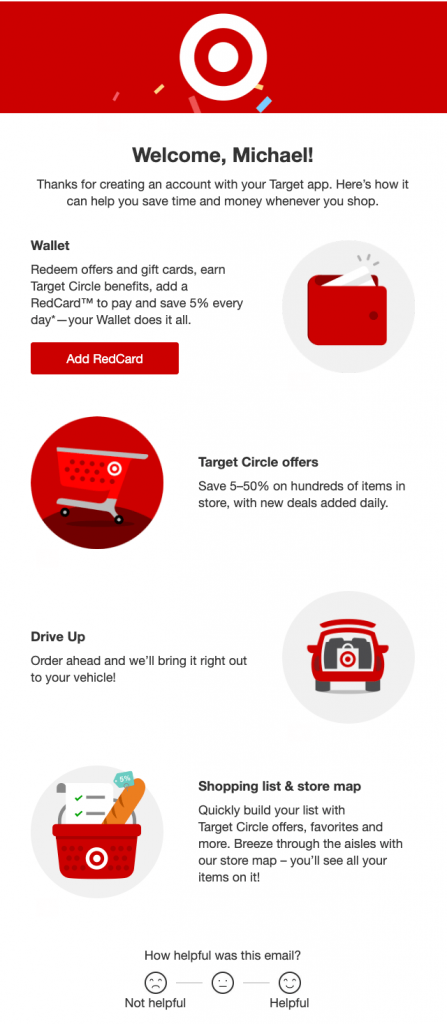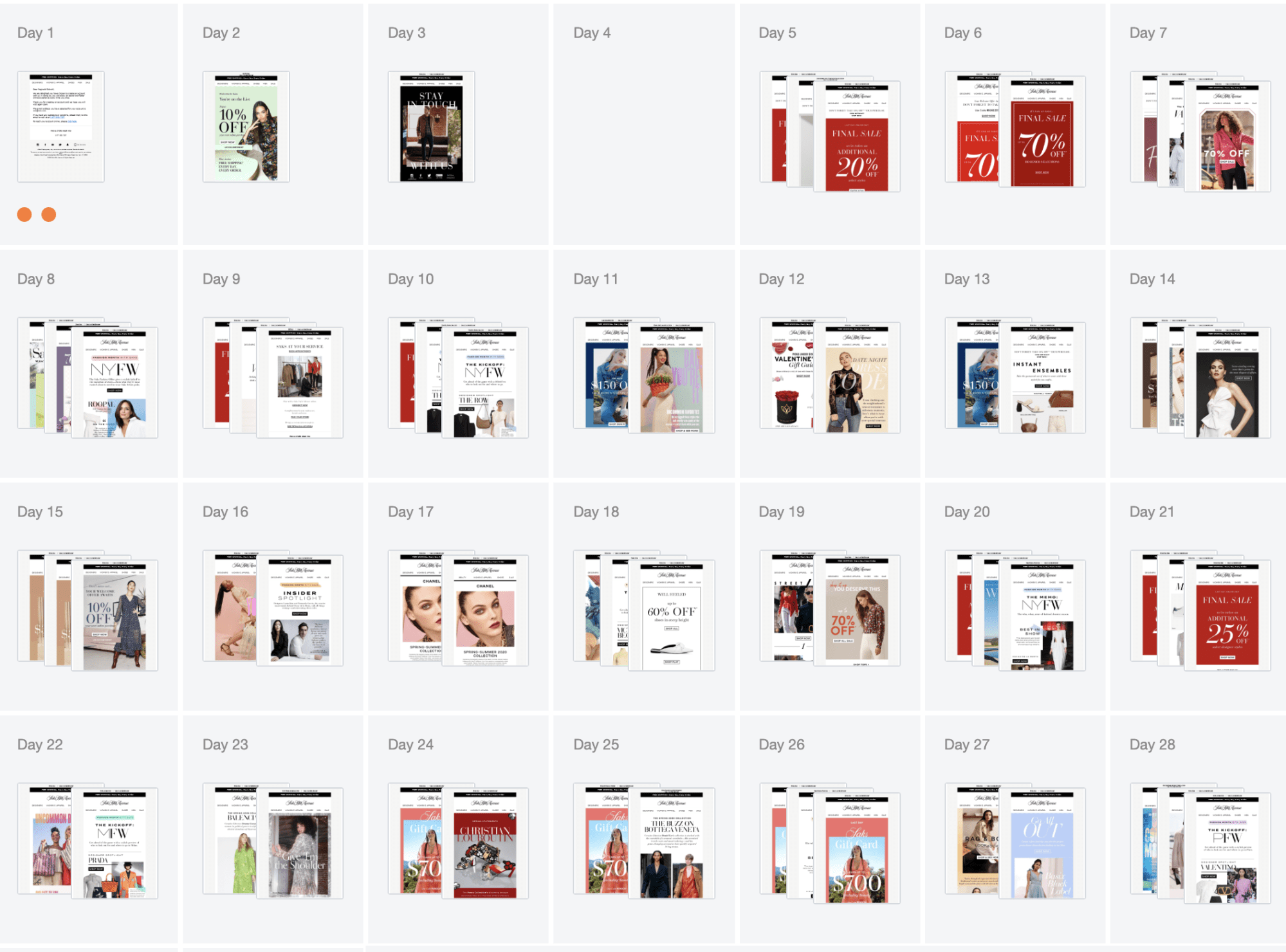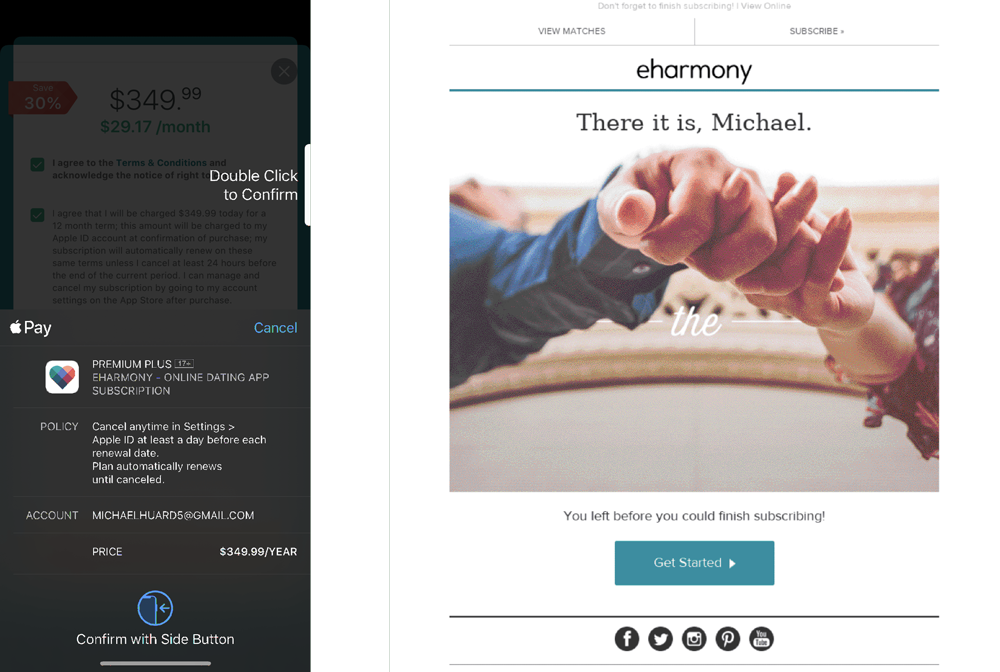
Editor’s note: This is a guest post from Michael Huard,Iterable.
Mobile is essential to our daily lives. The average smartphone user picks up their phone about 150 times a day. That’s basically every 10 minutes for an entire day. It’s a lot.
And that number is growing. Over the last decade, mobile usage rates continue to rise. It makes sense: with millions of apps and an increasing number of smartphone iterations, you can do a lot more on your phone.
For marketers looking to stay top of mind with their audience, it’s a no-brainer to include mobile campaigns in their strategic playbook. Mobile offers a variety of ways in which marketers can enhance the customer experience, even if your business doesn’t have an app. Simply put, it’s a great channel for marketers.
But it can’t act alone. The best way to engage consumers is actually by using as many channels as are relevant to your business. Email, for example, is still the dominant channel for marketing communications despite the growth of mobile. Ultimately, it boils down to the old adage of reaching the customer at the right time via the right channel.
Recently, Iterable published an extensive look at the mobile marketing strategies of 30 companies across six industries. In this report, we looked at how our behavior as mobile-first users impacted the marketing of these businesses. While we looked directly at push, SMS, in-app, and mobile inbox, we also kept a close eye on the cross-channel campaigns of these brands to see how they manage their data.
After three weeks of data collection, we found that brands are still executing mobile and email campaigns on separate, parallel tracks, rather than combining the insights from both to create a holistic customer experience. Here’s a quick look at what that looks like from the user perspective.
The Mobile-First Cross-Channel Experience
Our research hoped to identify how brands react to someone creating an account and continually engaging with content or products via mobile apps, rather than through the desktop or website.
We kicked off the research by downloading the app and creating an account. From there, we browsed items on mobile and abandoned carts when possible within the app. After two weeks of exclusively mobile actions, we included a desktop action (cart abandonment) to see if the messaging changed.
Despite all of this mobile activity, seven brands (23%) still sent emails devoted solely to downloading their app—some coming over two weeks after the initial download. This disjunction, as seen here in an email from New York Times Cooking, provided the first sign of possible data silos occurring behind the scenes.

Our mobile behavior was absent in the vast majority of emails we received. Downloading the app was only the first behavior to be excluded, though. For most organizations, our browsing behavior had been excluded from email campaigns—and mobile campaigns for that matter.
Almost every brand in our study sent campaigns by channel rather than building a cohesive experience. One exception came from Target, whose welcome campaign referenced the channel we used to create our profile.

Since we were mobile-first users, we wanted to identify any discrepancies between mobile-first and email-first users, those who sign up via email. We partnered with email intelligence provider, MailCharts, who conducts a similar style of research but exclusively looking at the email experience.
In looking at the same 30 brands, the customer experience gap between mobile- and email-first became abundantly clear. For many brands, we received only a few messages over the course of our three-week research period. Saks Fifth Avenue, for example, sent us two emails—a welcome email and a cart abandonment email. Over a similar period, MailCharts, who created their account via desktop, received a vastly different experience.

Missed Opportunities
It’s important to recognize that providing a different experience to mobile users and desktop users can lead to missed opportunities. For example, due to the nature of in-app purchases on iOS devices, many organizations miss out on abandoned cart opportunities.
Dating service eharmony is a good example of this. The iOS experience removes the chance to get mobile cart abandonment data. Instead, this scenario would be a good opportunity to use, for example, in-app messaging that promotes a subscription upgrade. Any interaction with the in-app message can then be used in email campaigns to promote an upgrade.

Mobile gives marketers access to customers on the go and provides a valuable line of communication with users. But it doesn’t just happen in a vacuum. There is still another side of the customer experience that happens through email and desktop that remain integral to the customer-brand relationship. As our research shows, brands are keeping these lines of communication separate without talking behind the scenes to share information.
Building a Comfortable Environment
The key to a successful cross-channel experience is relevance.
The messaging has to be relevant for the user both in its content and its delivery. Your goal as a mobile marketer should be to individualize the experience based on behavioral data across all ingestion channels—website, app, mobile web, and beyond. If your mobile and email data are managed separately, your view of the user profile is incomplete and potential insights slip through the cracks.
Proper data management in a modern growth marketing platform can simplify the personalization process for you, which in turn means you can simplify the buying process for users.
For your next cross-channel campaign, look at the story your customer data tells and consider which channels work best for each user at each stage of the lifecycle journey. At Iterable, we recommend identifying where your campaign data is going and which teams have access to it.
Once you have a better understanding of where your data is going, you can find a system that works for your organization to glean insights at the personal level. With a clear view of your data, you will have built a clear path to mastering relevant messaging at the right time and to the right channel.
Table of Contents












